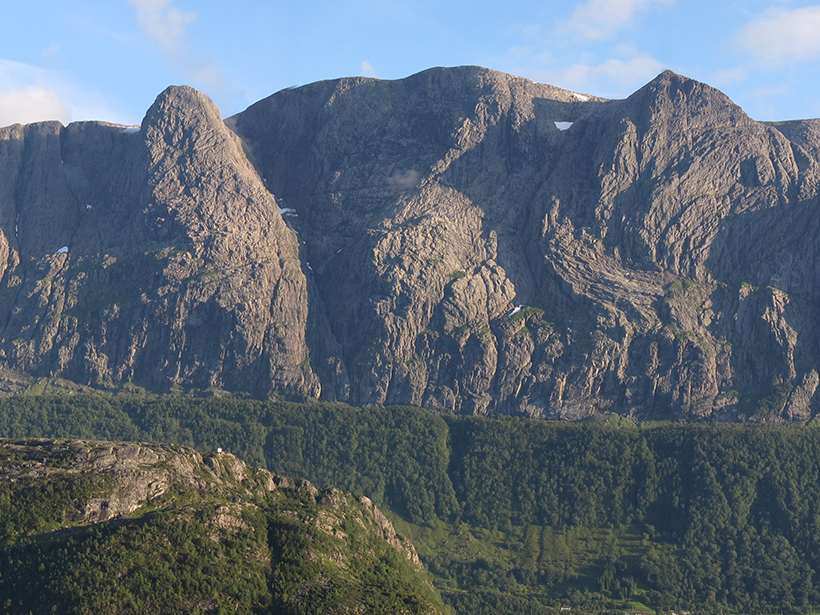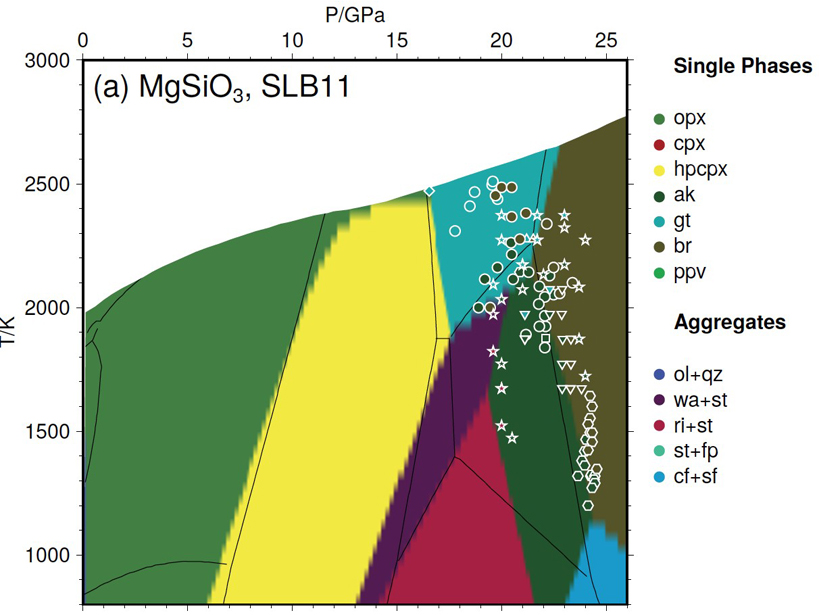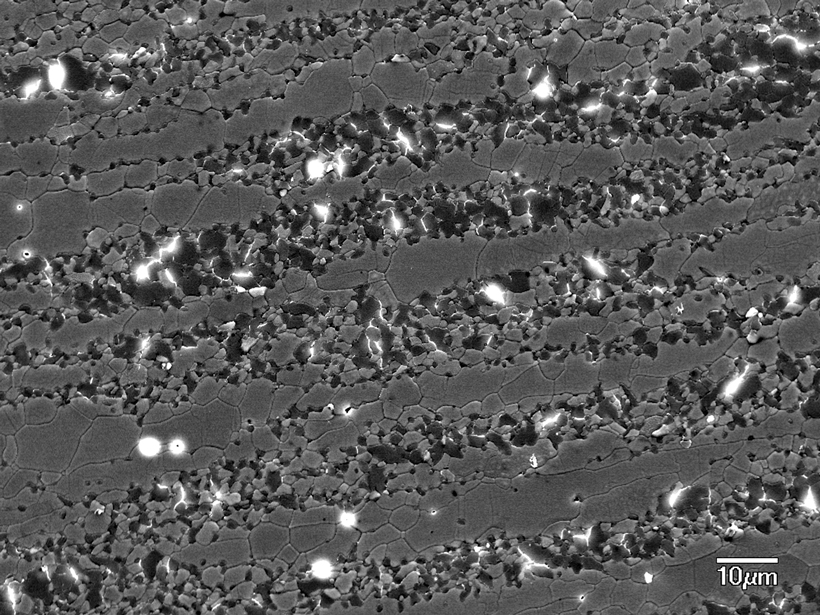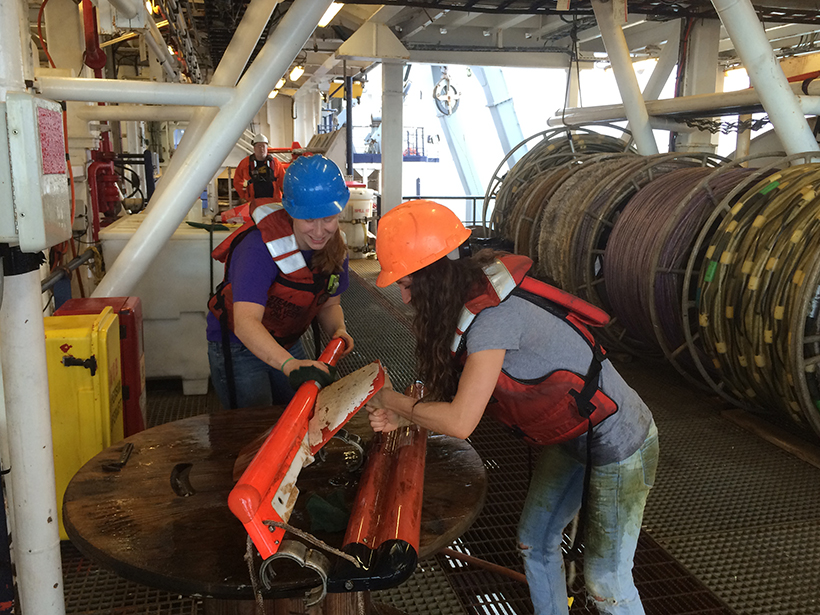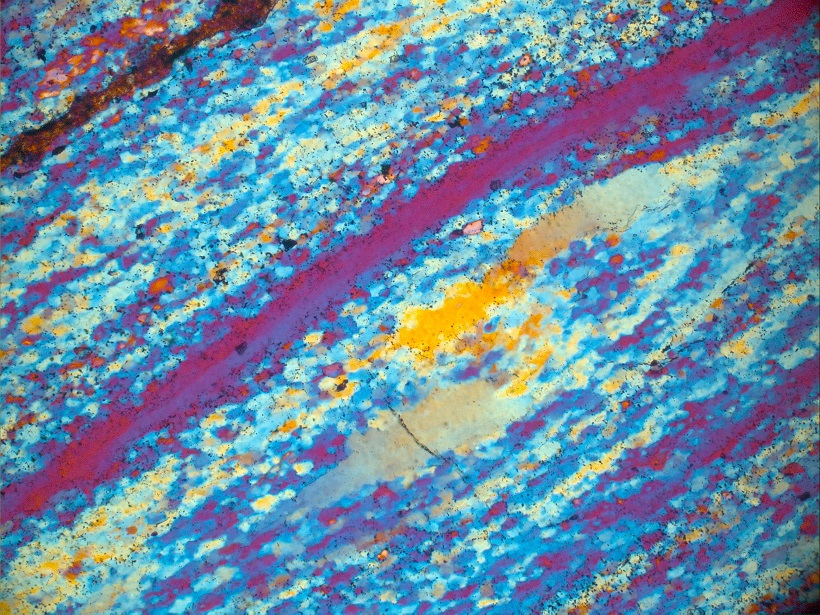A new seismic reflection study of the mid-Norwegian margin examines the role that low-angle, high-displacement faults play in the evolution of continental rifts.
geology
Joseph B. Walsh (1930–2017)
This world traveler and rugby enthusiast devised theories fundamental to such diverse fields as seismology, oil and gas exploration, and hydrology. He also designed the hull of the Alvin submersible.
New Thermodynamic Model for Computing Mantle Mineralogy
A newly developed open-access software package called MMA-EoS can calculate whole mantle mineralogy in multicomponent systems by Gibbs energy minimization.
Probing the Grain-Scale Processes That Drive Plate Tectonics
New experimental data suggest that rock composition may play a critical role in forming and perpetuating shear zones.
Schaefer Receives 2017 Natural Hazards Focus Group Award for Graduate Research
Lauren N. Schaefer will be awarded the 2017 Natural Hazards Focus Group Award for Graduate Research. She will be formally presented with the award at the 2017 American Geophysical Union Fall Meeting, to be held 11–15 December in New Orleans, La. This award recognizes “one or more promising young scientists engaged in studies of natural hazards and risks” and is given “in recognition of outstanding contributions achieved during their Ph.D. (or highest equivalent terminal degree) research.”
Miyagi Receives 2017 Mineral and Rock Physics Early Career Award
Lowell Miyagi will receive the 2017 Mineral and Rock Physics Early Career Award at the 2017 American Geophysical Union Fall Meeting, to be held 11–15 December in New Orleans, La. The award is given to an early-career scientist “in recognition of outstanding contributions in the broadly defined area of mineral and rock physics.”
Keeping Our Focus on the Subseafloor
Hard-pressed funding agencies wonder whether marine seismic facilities are worth the investment. A recent survey gives a resounding yes.
Peering into the Cracks
A recent article in Reviews of Geophysics combined mathematical modeling, fracture mechanics theory and engineering research data to provide new insights into a critical geological process.
The Earth’s Elastic Crust
A recent paper in Reviews of Geophysics discussed how the mineral composition and microfabric of the continental crust influences its seismic properties.
Lab Experiments Show How Fault Surfaces Get Groovy
Formation of nanometer-scale quartz beads could promote linear “slickenline” patterns and facilitate fault movement.

